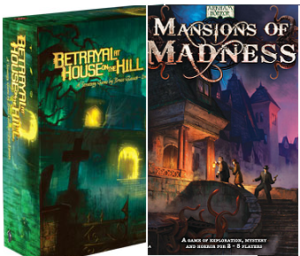
First, how are they the same? Both games feature one player against the other players. Both games have a horror setting. Both games use tiles to build the haunted house, and both games use miniatures and the investigators have statistics that affect game play. Finally, both games offer different scenarios for a varied game experience.
Let’s dig beneath the surface now. I’m not going to review each of these games here, but I’ll let you know what makes each of them their own game.
Mansions has higher quality components, which is something we have come to expect from FFG. The cardstock in Betrayal is flimsier and it just doesn’t seem like you get enough stuff in the box for the $50 price tag. Mansions has many more high quality components and a bunch of miniatures for the investigators and the monsters (32 minis in all, unpainted). The price tag will reflect this and anticipate shelling out $79.95 for Mansions. I have to point out that the miniatures for the investigators in Betrayal are painted, although there are only 6 of them.
Betrayal features all of the players starting on the same side, and exploring the house room by room until one of the players trigger the haunting. At this point one of the players is revealed as a traitor, and the game becomes the heroes vs the traitor. It is similar to discovering you are a Cylon, and everyone else finds out at the same time that you are a Cylon in Battlestar Galactica.
In Mansions, the game begins with one player as the Keeper who works against the other players right fom the start of the game. The keeper chooses the scenario at the start of the game, lays out the tiles as required by that scenario, and the players read the introduction to give them the clues they need to get started. The keeper can make bad things happen along the way and operates similar to the to the game Descent. There is a lot more story involved, however, and different outcomes based on the keeper’s choices that the players must discover during the course of the game.
During the game I played, we could see clue cards on the board. We entered the Mansion and headed right for the clues. Many proved to be false, but we slowly began to unravel he mystery. Zombies started to appear, and it turns out that an evil sorcerer dude was raising his family from the dead. We finally discovered that we needed to find Mr. Jameson and kill him to win the game. To do this we needed to find the hidden clues. Along the way there were puzzles to be solved by the investigators and monsters to be killed or avoided. Traps were sprung on us too. Sanity played a big part as the player characters all slowly went mad. We figured out what to do too late though, Jameson finished his ritual and the keeper won the game.
In Betrayal, you are wandering around building the map, which is different every time you play and is drawn randomly from a stack, similar to Zombies! from Twilight Creations. You wander around finding stuff and having different encounters until the Haunt is triggered. You then refer to the scenario book and roll the dice to see what the goal of the game is and what the traitor and players need to do to win.
The scenario book features many classic horror scenarios, fifty in all. Ours was right from the movie “Saw”. The traitor remained hidden, only the traitor knew who the traitor was, and we all had boxes on our heads rigged to chop them off in an hour unless we could find the keys we needed to open the boxes. The keys were placed in specific locations, and off we went. Unfortunately, we all had our heads cut off and the traitor won.
Betrayal is much more random and you might not llike if you don’t enjoy the possibility of becoming the bad guy halfway through the game. The bad guy is an actual character on the board who is part of the game. The game really does take about an hour and it’s fun though to play some of the classic movie scenarios just like you were actually in them.
Mansions has a lot more depth and strategy. You know who the bad guy is from the getgo, they are not a character in the game, but more like an omniscient being controlling the forces of evil. The game takes about 2 hours, and will involve much more setup than Betrayal, but that is the price you pay for a more involving experience. You are not randomly wandering around waiting for stuff to happen, you have a good idea where to go and what to do. There are five scenarios and each has three different outcomes. The puzzle mechanic is very interesting. It uses your investigators intelligence to solve a particular puzzle made of counters and tokens randomly set out that must be arranged correctly. This means that it is actually a good idea to have a smart rather than strong investigator on the team.
Finally, Betrayal is for 3-6 players, Mansions is for 2-5.
These games have their similarities, but there are many differences as well. Both games should have their place in a good horror lineup. I hope this article helps you to decide which game is more appealing to your own preferences and group.
- A Dungeon Delve for Kids?: A Review of Dungeon! - Oct 24, 2022
- Better, Stronger, Faster | Descent: Journeys in the Dark Second Edition Reviewed - Oct 23, 2022
- Your Planet is Doomed!: Invasion from Outer Space Reviewed - Oct 22, 2022


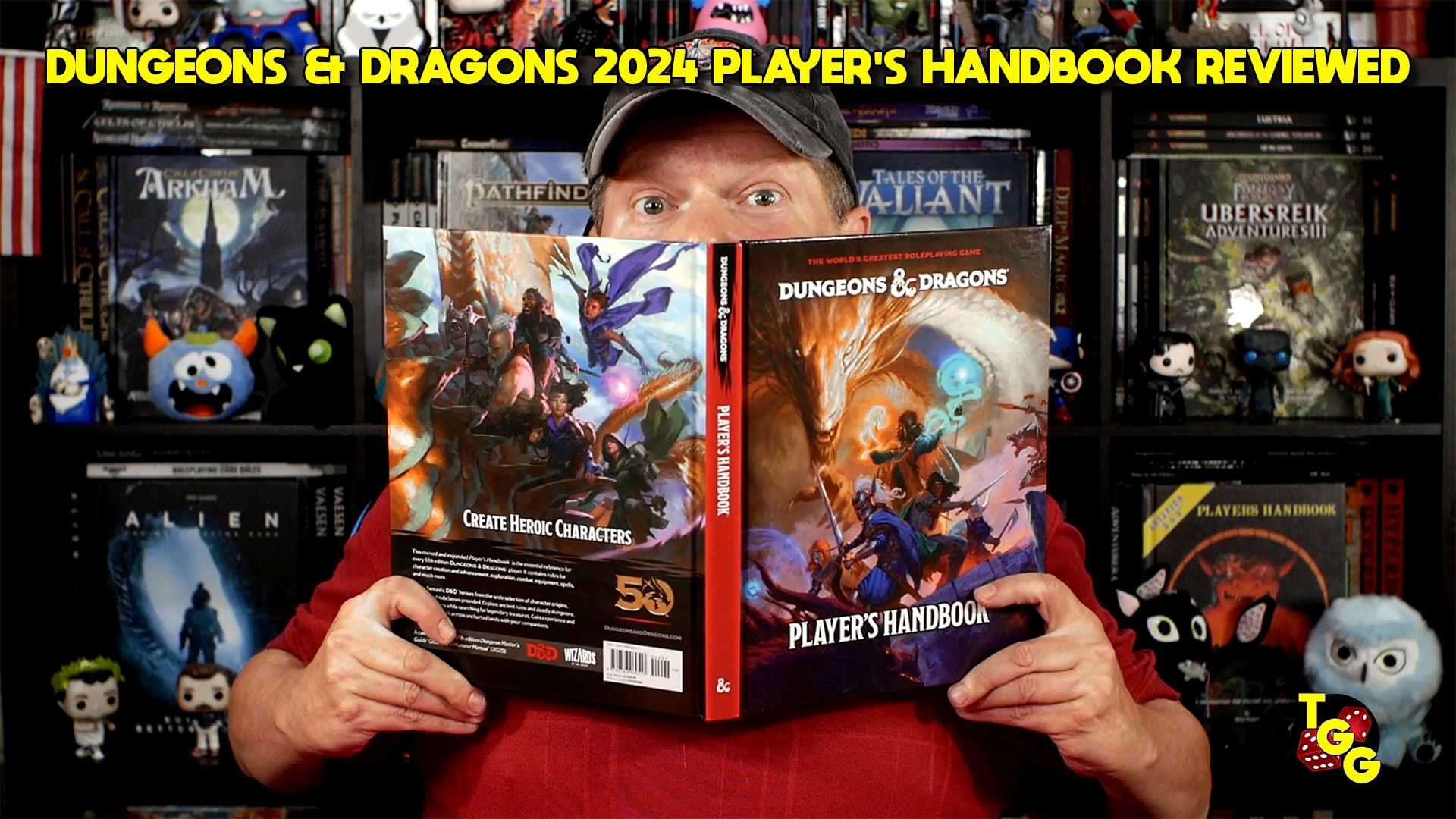
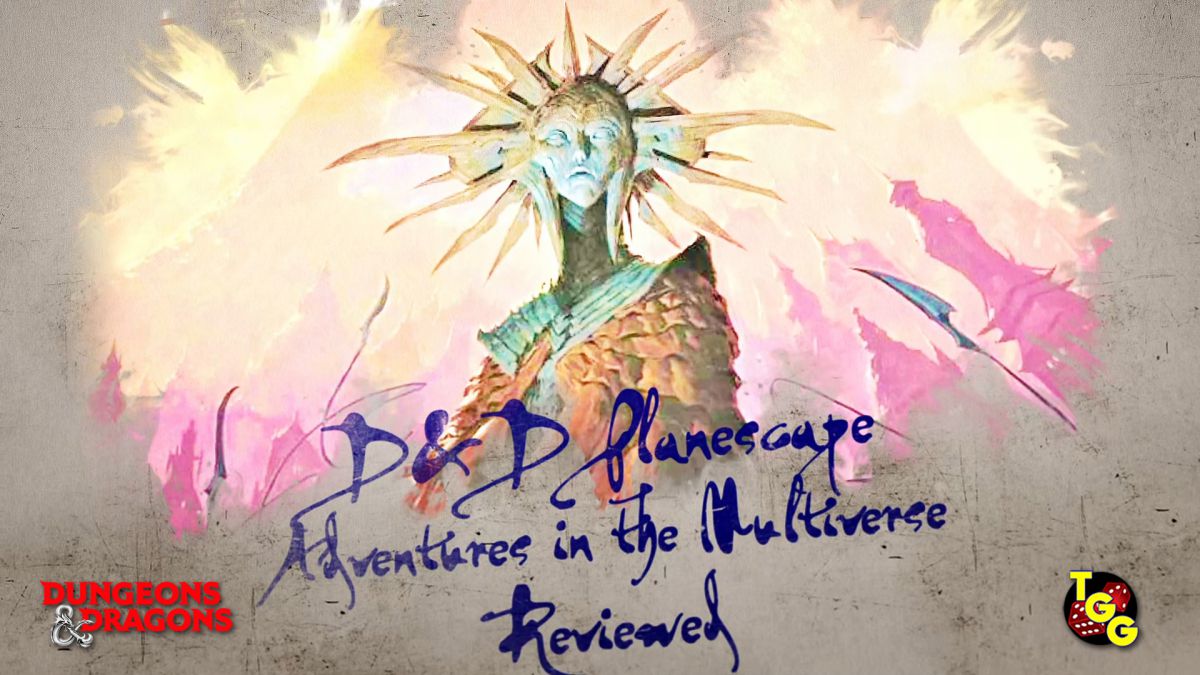

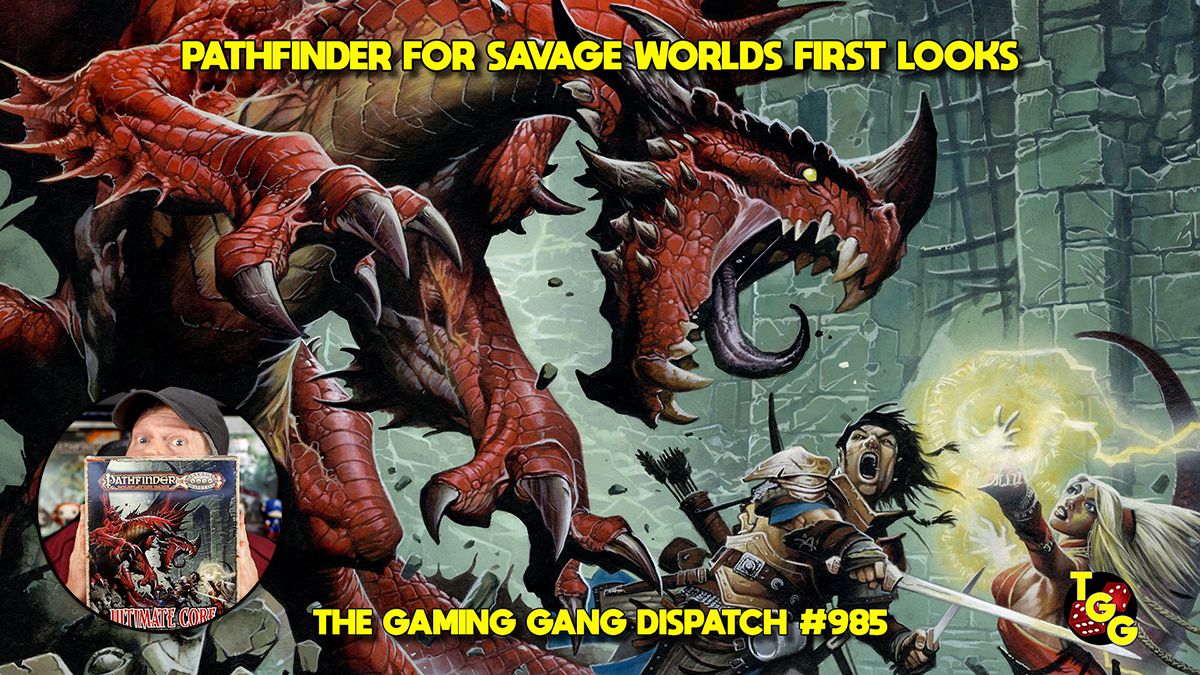






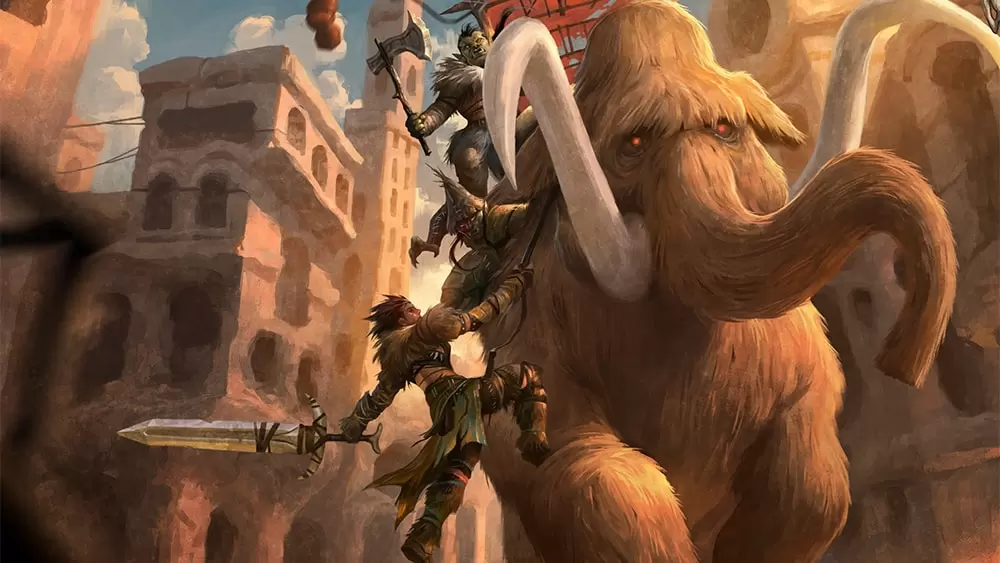





One clarification: In Betrayal, the story is not chosen by a die roll, but is determined by the room that you found the omen that triggered the haunting, and the omen itself (a lookup table). The traitor is determined by the story itself.
You are correct Justin. My point is that the story is somewhat random, and thus the traitor is random as well based upon the story selected.
Does the new Betrayal have a better system for the chits? I played the older version recently, and it was a nightmare to find the little bit we needed each time something came up (a dog, a revolving door, other monsters, and so on). I keep hoping that the reboot fixed that craziness. As well as the rules…
I never played the original, but I do believe that it has been improved. There is only a handful of generic tokens that are in the game that represent all kinds of different stuff (They are labelled item 1, item 2, and so on). So you dont spend a huge amount of time sorting through them, at least in the games I have played so far.
I just bought Betrayal at House on the Hill and plan on buying Mansions of Madness. From what I’ve played of Betrayal at House on the Hill it’s truly fun game. However, some of us don’t have the fortune of pulling more three people together to play the game on a whim.